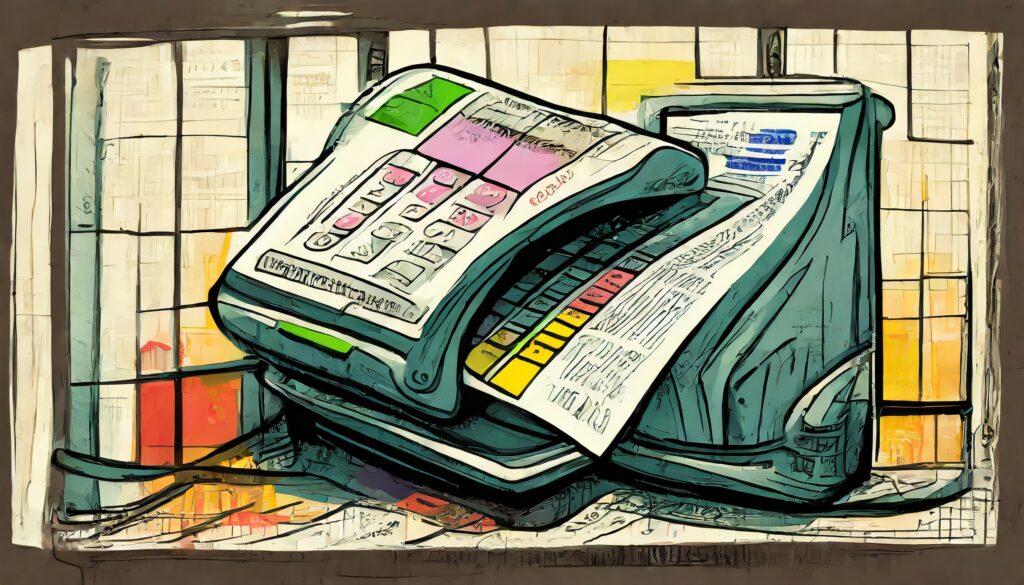Project Vision
One of the key success factors for any project is the “vision statement“, which is the Executive Sponsor‘s opportunity to excite the team, stakeholders, and customers with their vision of where we are going and how the product of the project will improve things.
When well done, the charter can be condensed into an elevator pitch for the project, and provide a clear vision to guide the project team to a common goal.
Vision: the capacity to see into the future. It’s setting a vision that people can see where their place in that vision is, and then coming across as deeply empathetic, human and intimate. The vision has to be a generous vision, such that people not only see their path in it but is excited about it. It is not just a plan, it is an enlistment. Great leaders have to be genuine and intimate: You have to feel like they touch you, and there is empathy or humanity there.
– Keith Ferrazi
The project charter‘s vision statement can galvanize the people to achieve defined objectives, even if they are stretch objectives, provided the vision is SMART (Specific, Measurable, Action-oriented, Realistic and Timely).
In order for this vision to be effective, it needs the following five elements (condensed from The Art Of Project Management by Scott Berkun):
- Simplifying – The most important thing to strive for is a simplifying effect on the project. A good vision will provide answers to the core questions individuals have, and will give them a tool for making decisions in their own work.
- Intentional (Goal driven) – This is the first source of a project’s goals. It sets the tone for what good goals look like, how many goals there should be in the plan, and how much refinement the goals may need before they are complete. A well written goal defines a clear intention for the people on the team. One popular business acronym is SMART, which stands for Specific, Measurable, Action-oriented, Realistic and Timely. The idea is that if a goal has all five of these attributes it is likely to be well defined enough to be useful.
- Consolidated – For the vision document to have power, it must consolidate ideas from many other places. It should absorb key thinking from research, analysis, strategic planning, or other efforts, and be the best representation of these ideas.
- Inspirational – To connect with people, there must be a clear problem in the world that needs to be solved, which the team has some interest or capacity to solve. By giving the reader a clear understanding of the opportunities that exists, and providing a solid plan for exploiting it, people who have any capacity to be inspired, will be.
- Memorable – Being memorable implies two things: first, that the ideas make sense or were interesting in some way; and second that they resonate with the reader and will stay with them. If the vision is too complex for anyone to understand it’s impossible to achieve this. Being memorable is best served by being direct and honest. If you can strike at the core of decisions and communicate them well – even if people don’t completely agree with those decisions – they will stay with people longer than those from a vision full of ideas they fully believe in but were buried in weak and muddy writing.
So what we want is communicate as clearly and concisely as possible in a way that helps people understand what we are doing. We want to help people visualize what they are trying to accomplish, and to give them a tool to reference when making decisions as the project proceeds.
With a well written project vision, the entire team is energized behind the goal, without it, each individual has to conceive the goal on their own.


